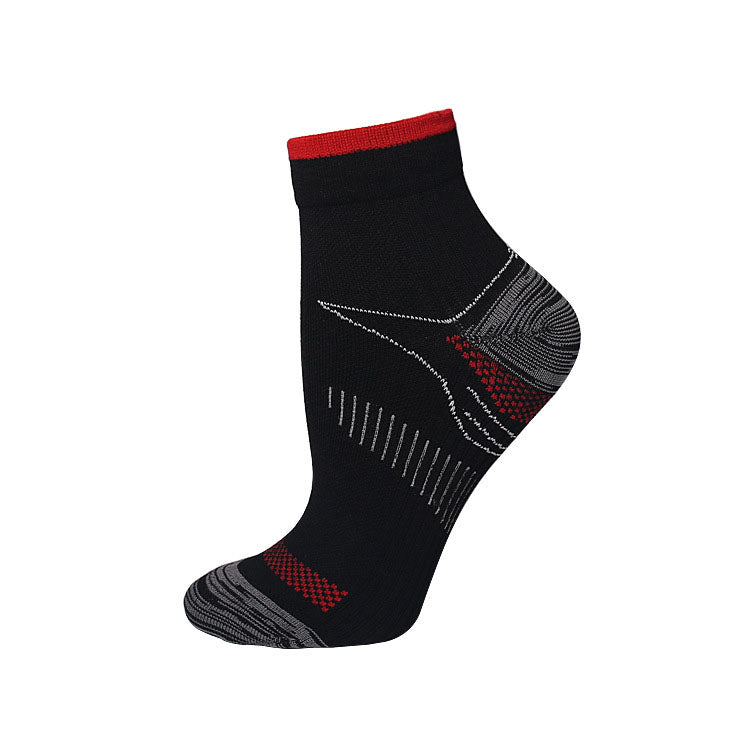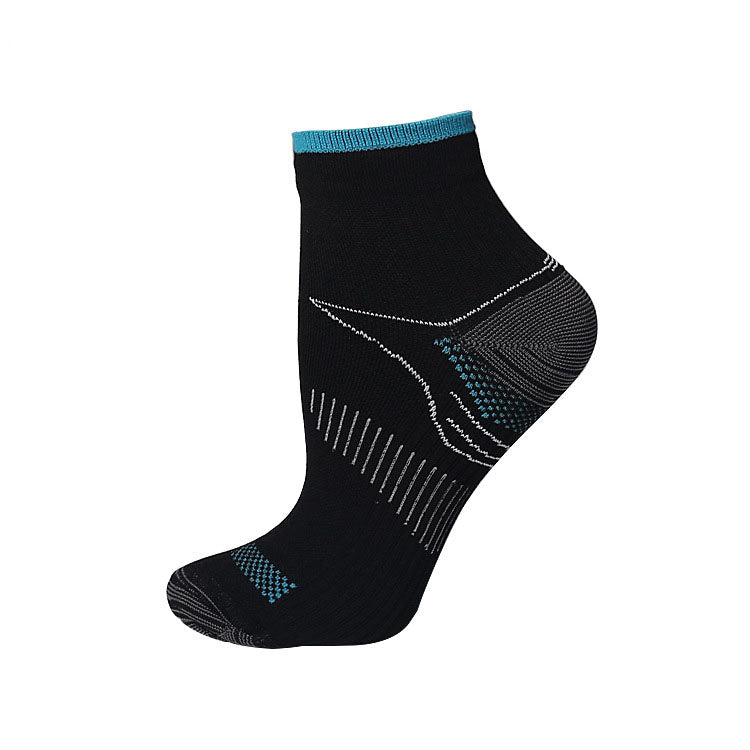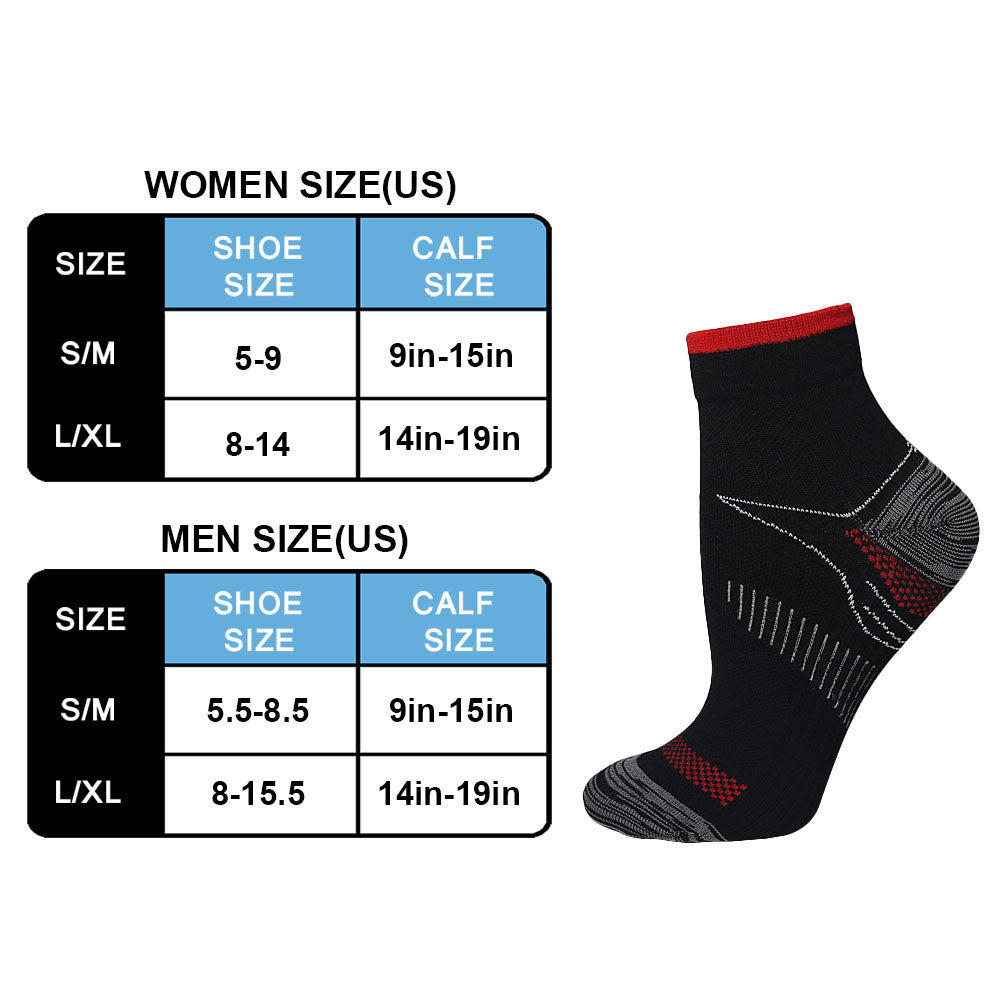Use the coupon code "happy" to get a $5 discount For Order Over $20
zszbace
Plantar Fasciitis Compression Socks - Advanced Arch & Heel Support
Plantar Fasciitis Compression Socks - Advanced Arch & Heel Support
Couldn't load pickup availability
Shipping
Shipping
Estimated delivery time:
United States: 3-5 working days
United Kingdom: 3-7 working days
South Africa: 6-12 working days
Canada: 5-12 working days
Ireland:6-12 working days
Australia: 5-11 working days
New Zealand: 4-9 working days
Rest of Europe: 4-11 working days
Albania, Austria, Belarus, Belgium, Bosnia, Bulgaria, Croatia, Czech Republic, Denmark, Estonia, Finland, France, Germany, Greece, Hungary, Iceland, Italy, Latvia, Lithuania, Luxembourg, Malta, Netherlands, Norway, Poland, Portugal, Romania, Slovakia, Slovenia, Spain, Sweden, Switzerland, Ukraine
Asia: 6-12 working days
Hong Kong, Israel, Japan, South Korea, Thailand, Vietnam, Japan, Lebanon, Malaysia, Oman, Pakistan, Qatar, Saudi Arabia, Singapore, Taiwan, Turkey, United Arab Emirates
South/Central America: 6-12 working days
Chile, Colombia, Mexico
Please see checkout for shipping/delivery estimate. Easy Returns and Exchanges
Worldwide Express Air Shipping + Satisfaction Guaranteed!
Returns
Returns
We offer a 100% money-back guarantee. If you are not satisfied or your brace doesn't fit right, let us know and we will help you with our free returns and exchanges. We pay the return shipping. Your satisfaction is our top priority!
Compression stockings are one of the most recommended medical tools today and, in many cases, a prescription drug. However, socks are not getting the attention and use they deserve. There are countless people who can enjoy a plethora of health benefits if they invest in and wear everyday-level compression stockings on a regular basis.
Anyone working in an office, whether full or part-time, should consider wearing compression stockings, as should those whose jobs require prolonged sitting or standing. The reason is simple: Sitting and standing for long periods of time increases the risk of deep vein thrombosis (DVT), the most common type of blood clot. DVT is serious in itself, and it can lead to other, more serious conditions.
The longer you sit still, the greater the chance of DVT -- most commonly on one leg. (Blood clots are characterized by redness, swelling of the legs, heat, pain when squeezed, and difficulty moving the affected limb.) While blood should clot as the wound forms, it is not easy to clear the naturally formed clot when the body is unable to remove it. This problem occurs with DVT and pulmonary embolism (a blood clot in the lung, usually from a thrombus that breaks off in the leg, arm, or stomach).

Employees who can benefit from compression stockings
Due to the risks associated with blood clots and prolonged sitting, medical professionals have recently made efforts to raise public awareness of DVT during flights, in which all a person can do is sit. We'll discuss DVT later, but like travelers, multiple professionals can benefit from compression socks. It would be a bit much to list all of these employees here, but in general, those who sit or stand for long periods of time (more than two hours at a time) and/or have other risk factors should wear compression stockings. This includes Nurses, flight attendants, office workers, writers, customer support team members, salespeople, and more.
Although there is not much public awareness of work-related DVT, those sitting in the workplace should be actively concerned. The solution to this problem is simple: compression socks. Compression greatly reduces the risk of blood clots and provides the wearer with many other significant benefits. Unlike blood thinners, compression stockings have few risks or side effects.
For those concerned about compression stockings and/or DVT, it is best to consult a doctor and other medical professionals when choosing the right solution.
Risk factors for deep vein thrombosis
It is estimated that as many as 10% of pilots experience DVT during or immediately after a flight. Many of these conditions require medical attention. The longer the flight, the greater the risk of developing deep vein thrombosis—a point that has led many doctors to recommend compression stockings and/or blood thinners if their flight time is more than four hours.
In addition to sitting or standing still (or moving infrequently) for a few hours, there are many risk factors that increase your chances of developing DVT. Those with multiple risk factors working against them should buy compression stockings, or at least consult a doctor. DVT risk factors include, but are not limited to:
-
over 50 years old
- overweight or obese
- Have a blood clot in the past
- Have a blood condition or have a family history of blood clots
- Pregnant
- Inflammation of the leg due to injury or medical condition
- have Crohn's disease, ulcerative colitis, or any other inflammatory bowel disease
The latter risk factor cannot be overemphasized. Otherwise, healthy people with ulcerative colitis, especially those with Crohn's disease, are more likely to develop DVT and other blood clots. Researchers and doctors aren't yet sure why this risk is so apparent, but awareness of these unexpected dangers of IBD is slowly growing. Anyone with Crohn's disease or ulcerative colitis should talk to their doctor about reducing the risk of blood clots, whether with compression stockings or otherwise.
Last but not least, anyone can develop a DVT. It is easy to paint the stereotypical DVT patient as an obese, older person with a family history of blood clotting, but the truth is athletes, people who exercise regularly, younger people, and many others can also develop DVT. No one is immune to DVT, and it's better to be safe than sorry.
Compression stockings don't hurt
One of the most common misconceptions surrounding compression socks is that they "hurt" the wearer. This is far from the truth because the opposite is true.
Compression socks are sized based on a person's shoe size and calf circumference at the widest point of the calf. They work by applying therapeutic pressure to the tightest leg at the ankle and then gradually relaxing to maximize circulation and minimize the chance of DVT. After a few hours of getting used to compression socks, most users don't actively realize they're wearing them—though some report that their legs feel more supported or move more freely and easily. (The uncomfortable feeling most people experience when trying to "wake up" a "sleeping" arm or foot is similar to the feeling of moving a limb with poor circulation, except that in most cases, individuals with poor circulation experience Getting so used to what is considered normal feeling.)
Specific Benefits of Compression Socks
The actual benefits of compression stockings have already been stated, but just in case some particularly concerned readers wish to have the information gathered in one place, compression stockings:
-
Reduce leg swelling and water retention
- Improve circulation in the legs and reduce the risk of deep vein thrombosis
- Makes movement and navigation easier and easier
- Reduce leg pain associated with circulation problems




OUR PROMISE TO YOU!
Not 100% satisfied with the brace? No problem, we’ll take it back and issue afull refund. No hidden charges.



